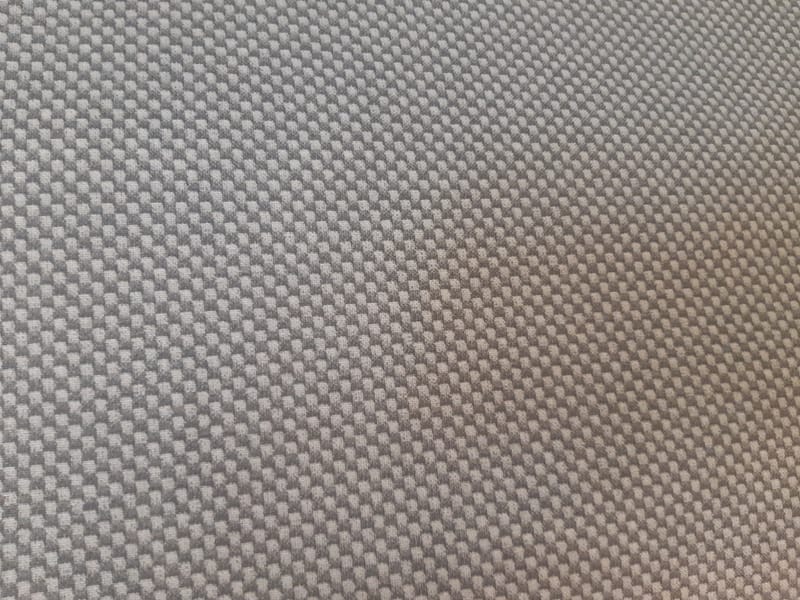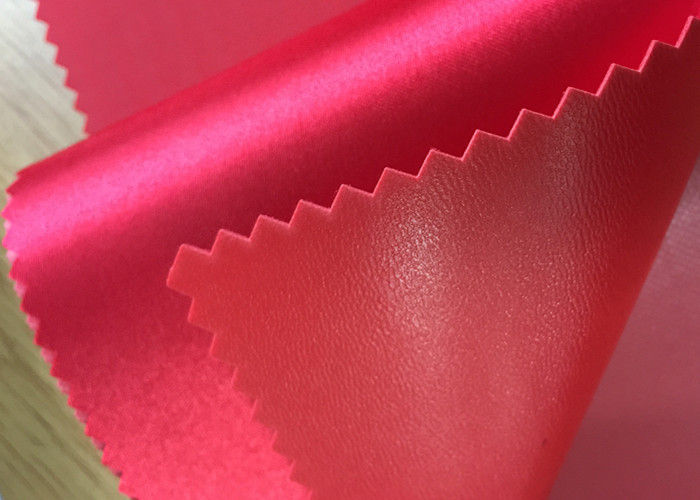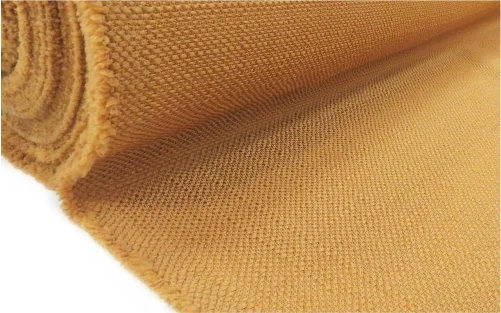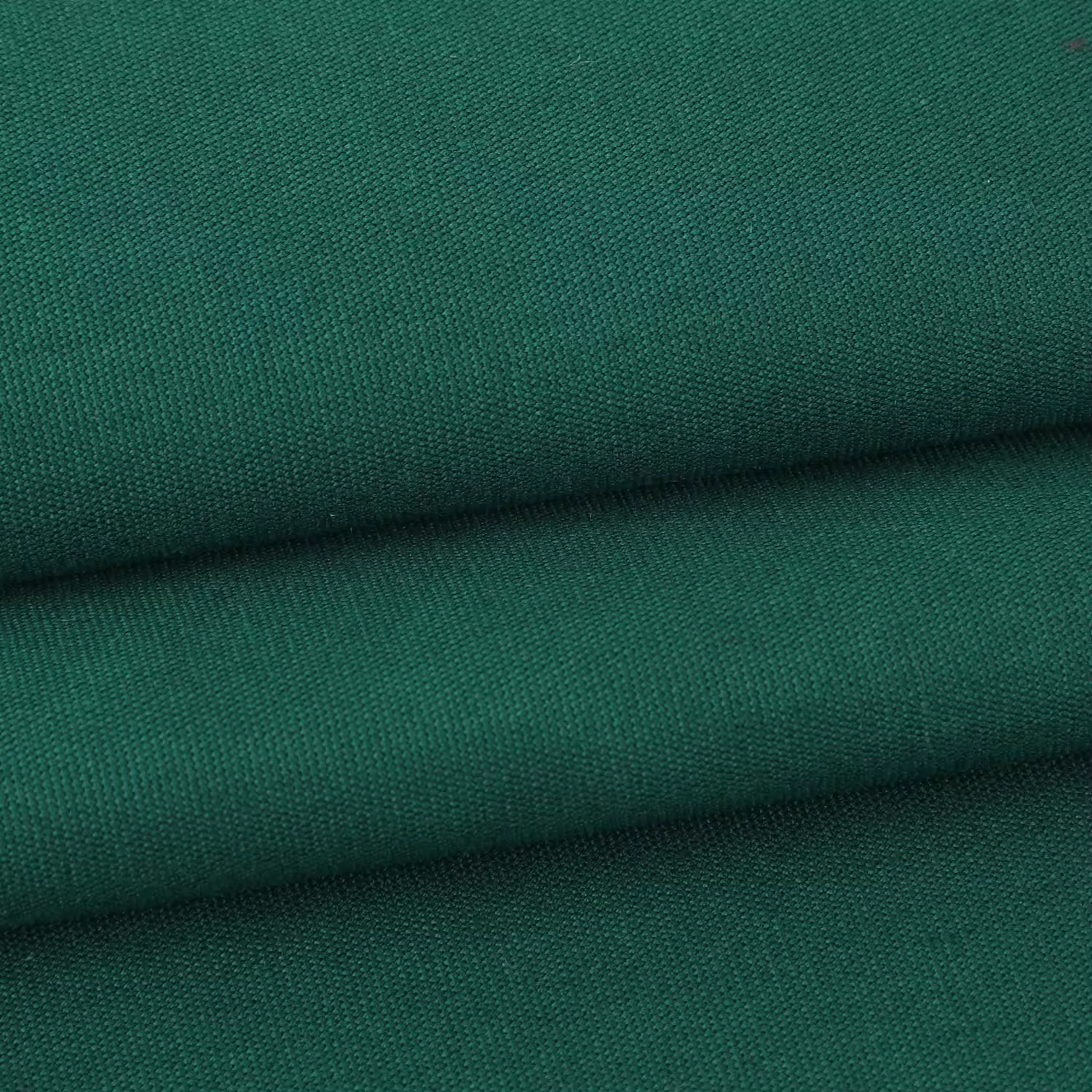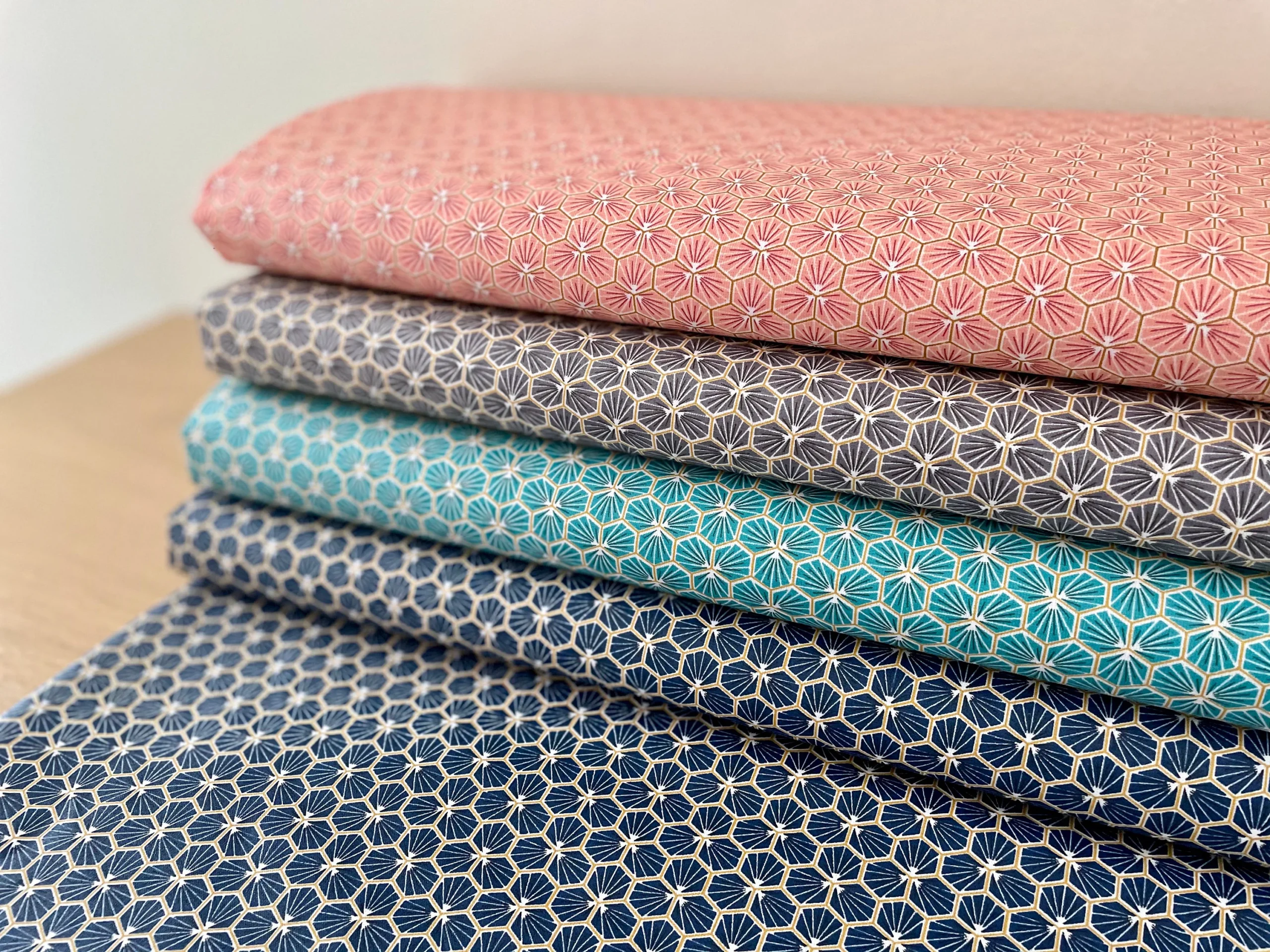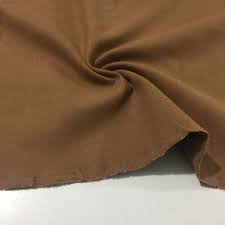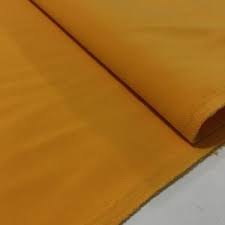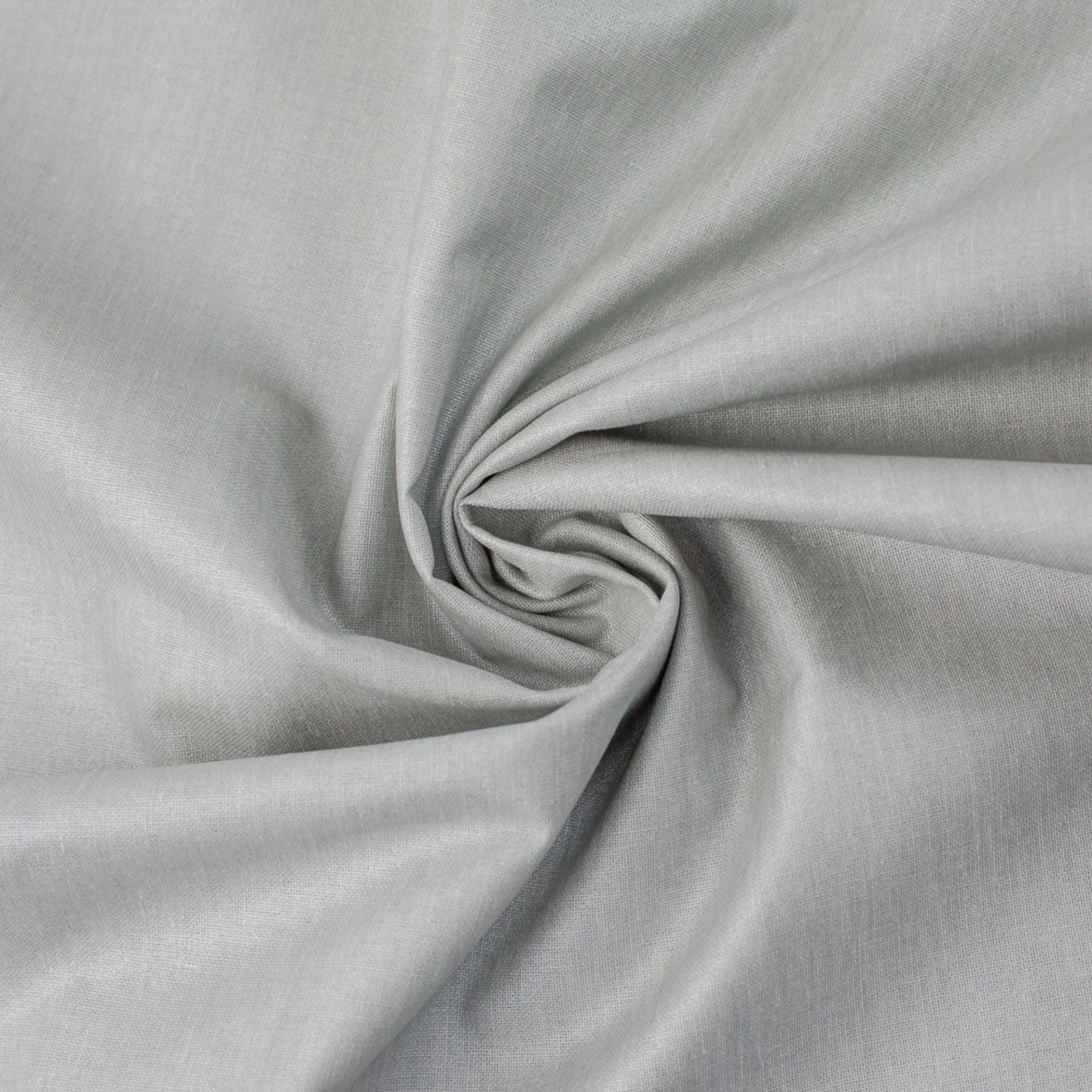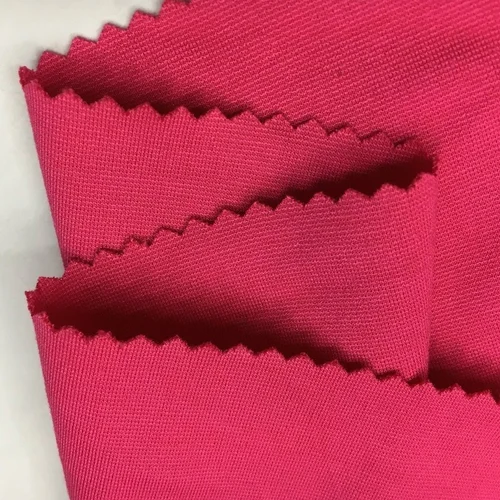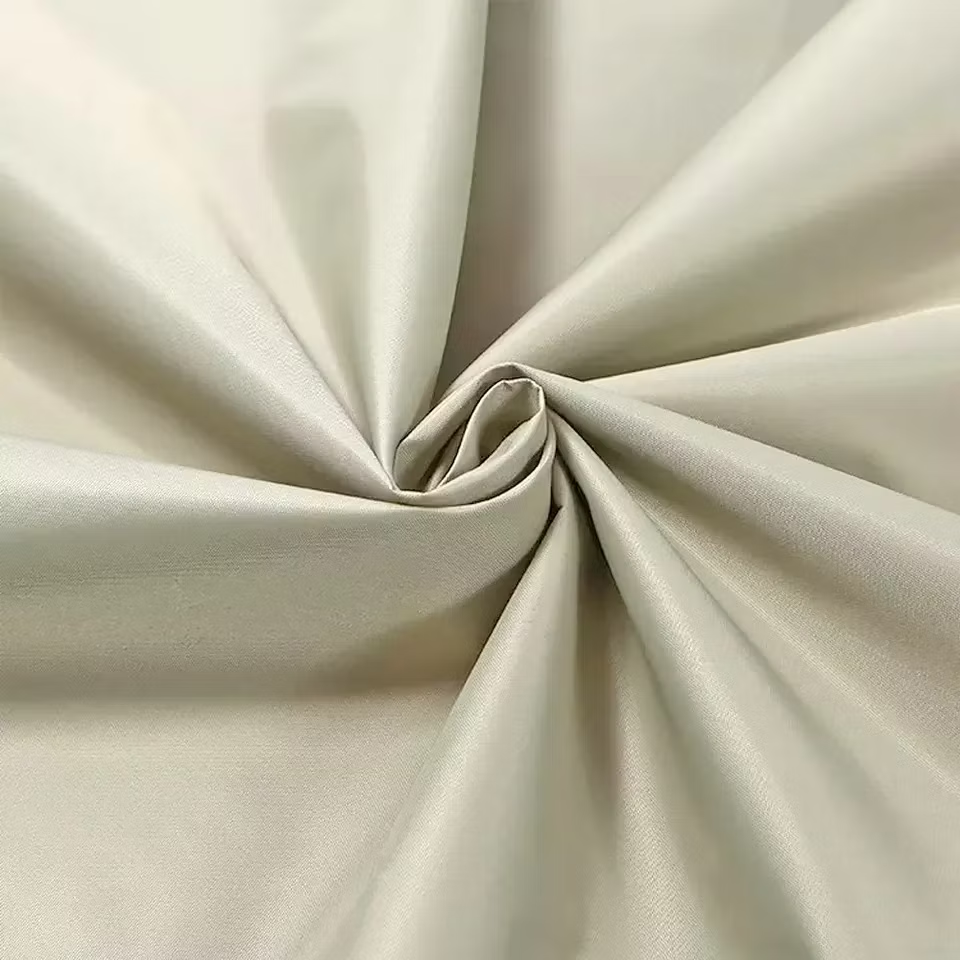Description
Acrylic-coated fabrics have gained notable attention in various industries due to their exceptional durability and versatility. These innovative textiles are created by applying a layer of acrylic polymer to a base fabric, enhancing its resistance to water, UV rays, and decay. This makes them an ideal choice for outdoor applications, such as awnings, canopies, and outdoor furniture covers. The acrylic coating not only protects the underlying fabric from harsh weather conditions but also enhances its colorfastness and prevents fading, ensuring that these materials maintain their aesthetic appeal over time.
In addition to their functional benefits, acrylic-coated fabrics offer a wide range of design possibilities. The coating can be applied to various base materials, including cotton, polyester, and nylon, allowing manufacturers to achieve different textures and finishes. Available in an extensive array of colors and patterns, these fabrics can seamlessly integrate into diverse design schemes, from contemporary outdoor living spaces to more traditional settings. Furthermore, advances in coating technology have improved the breathability of these materials, making them comfortable to use in warmer climates without sacrificing performance.
The environmental impact of acrylic-coated fabrics is also a crucial consideration. Many manufacturers are now adopting more sustainable practices by using eco-friendly coatings and recycled base materials. This shift is fostering a growing market for environmentally responsible choices in textiles, appealing to consumers who prioritize sustainability in their purchasing decisions. As awareness of environmental issues increases, acrylic-coated fabrics are likely to evolve, incorporating innovations that further reduce their carbon footprint while maintaining the qualities that make them so desirable in the first place. Overall, the blend of functionality, aesthetics, and sustainability makes acrylic-coated fabrics a favored option across multiple sectors.


